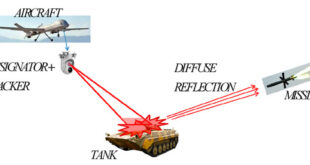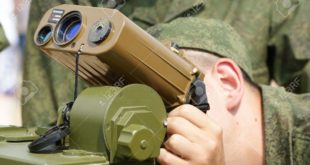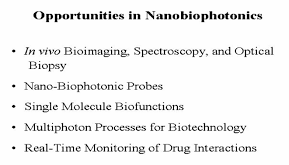3D laser scanning is a way to capture a physical object’s exact size and shape into the computer world as a digital 3-dimensional representation. 3D Laser Scanning is a non-contact, non-destructive technology that digitally captures the shape and structure of physical objects in a faster and more accurate way using …
Read More »Digital Camera design and manufacturing
A digital camera is a camera that captures photographs in digital memory. Most cameras produced today are digital, largely replacing those that capture images on photographic film. Digital and digital movie cameras share an optical system, typically using a lens with a variable diaphragm to focus light onto an …
Read More »Multi-Wavelength Lasers sources for enhancing capacity of data centers and Networks
In communication applications like the internet, the most simple form of optical communication is with a single fiber consisting of a single wavelength laser TX/RX scheme. In fiber-optic communications, wavelength-division multiplexing (WDM) is a technology that multiplexes a number of optical carrier signals onto a single optical fiber by using different …
Read More »DARPA Airborne Energy Well seeks laser propulsion on Aircrafts to power Rechargable Unmanned Aerial Systems
A laser is a device that emits a beam of coherent light through an optical amplification process. Laser propulsion is any method of propelling a spacecraft that uses the energy of laser beams. There are two main types of laser propulsion, depending on whether the laser is onboard or …
Read More »Semi-Active Lasers/Passive seeker technology
Guided missiles work by tracking the moving target’s location in space by specific methods (e.g. using a radar or following its heat signature), chasing it down, and finally hitting it with accuracy. Guidance systems in missiles can be of various types, which serve different operational purposes. Homing guidance systems control the …
Read More »Military Laser Rangefinder essential for observation, target location and long range fire-control
A laser rangefinder is a rangefinder that uses a laser beam to determine the distance to an object. The most common form of laser rangefinder operates on the time of flight principle by sending a laser pulse in a narrow beam towards the object and measuring the time taken by …
Read More »Laser sensors for military sonars and monitoring military assets and earthquakes
Laser, a device that stimulates atoms or molecules to emit light at particular wavelengths and amplifies that light, typically producing a very narrow beam of radiation. Lasers deliver coherent, monochromatic, well-controlled, and precisely directed light beams. Laser technology has observed a great advancement over the last few decades. This technology is …
Read More »Nanobiophotonics multidisciplinary field of nanotechnology, biomedical science, and photonics Applications
This is the age of multidisciplinary frontiers in science and technology where major breakthroughs are likely to occur at the interfaces of disciplines. Light has always fascinated mankind and since the beginning of recorded history, it has been both a subject of research and a tool for the investigation …
Read More »Photonic and Optical Coatings vital for military operations
Optical coatings are widely used in applications including architecture, consumer electronics, solar panels, automotive, medical, telecommunication, and military & defense. Optical or photonic coatings are generally used to increase the reflection, transmission, or polarization properties of a component, e.g., prisms, polarizing films, color filters, mirrors, diffraction mosaics, and refractory …
Read More »Infrared Metamaterial Absorber
Metamaterials are artificial materials composed of periodic or aperiodic structures to have extraordinary electromagnetic characterizations. By properly tailoring the feature size of metamaterial, it can be realized electro-optic devices spanning the wavelength range from microwave, infrared (IR), visible to ultraviolet (UV) caused from the transformation optics. In view of …
Read More » International Defense Security & Technology Your trusted Source for News, Research and Analysis
International Defense Security & Technology Your trusted Source for News, Research and Analysis



